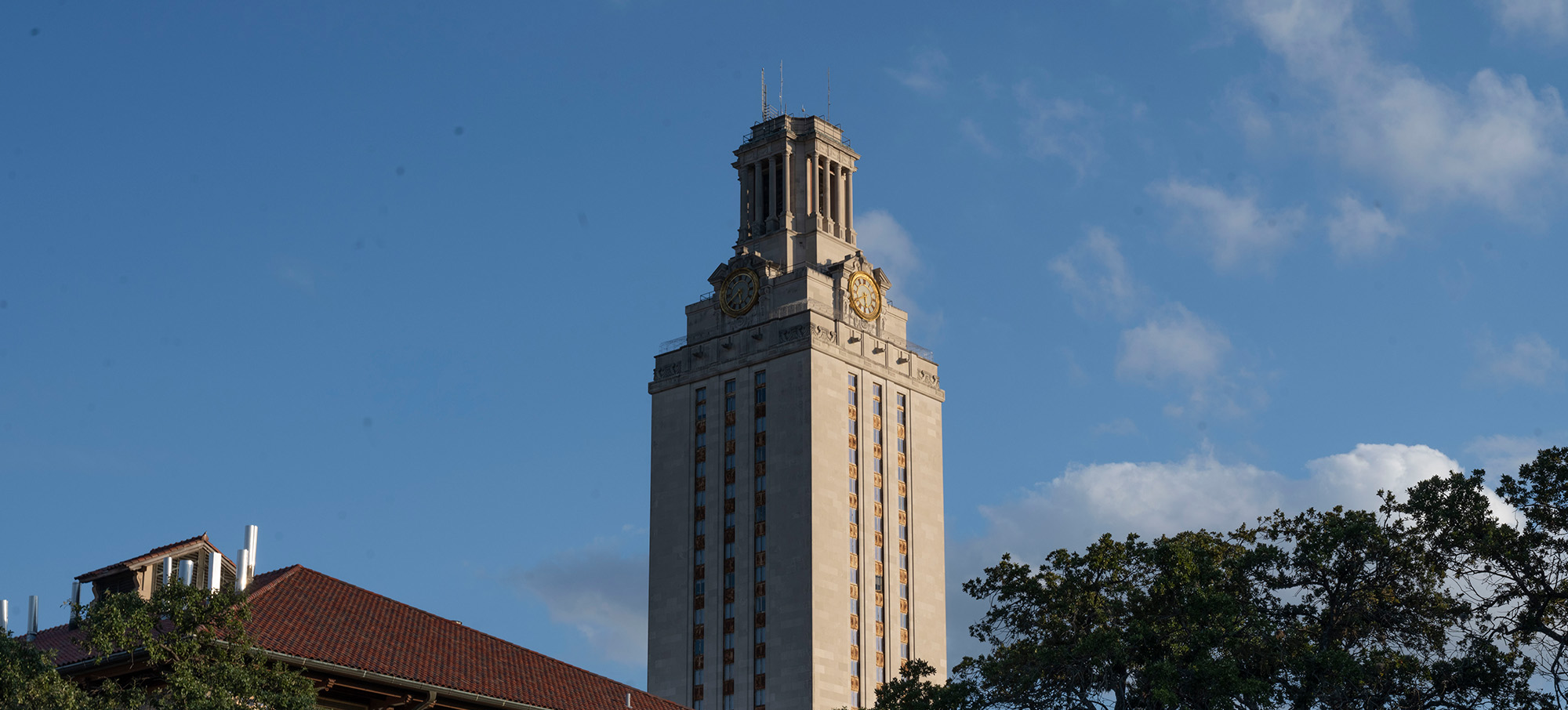Student Conduct Processes

As authorized by the Board of Regents of The University of Texas System, the Office of the Dean of Students is responsible for the administration of student discipline, which is implemented by Student Conduct and Academic Integrity.
Student Conduct and Academic Integrity routinely receives reports of alleged violations of University rules from campus offices (e.g., University of Texas Police Department, University Housing and Dining, Information Technology Services, Parking and Transportation Services, etc.) as well as faculty and students.
Please refer to this flowchart for further details.

We are committed to protecting students' privacy to the greatest extent under the law.

Our team oversees the administration and facilitation of the student conduct process.

The University of Texas at Austin holds our students to a high standard grounded in our Code of Conduct and Student Honor Code.

Learn how to prepare for a hearing, how to address pre-hearing concerns or conflicts, what to expect in a hearing, and what happens afterwards.

Most students participating in the conduct process do so for first-time possible violations, and these topics can help.

An advisor is someone whom a student may choose to accompany them to meetings or a hearing with Student Conduct.


